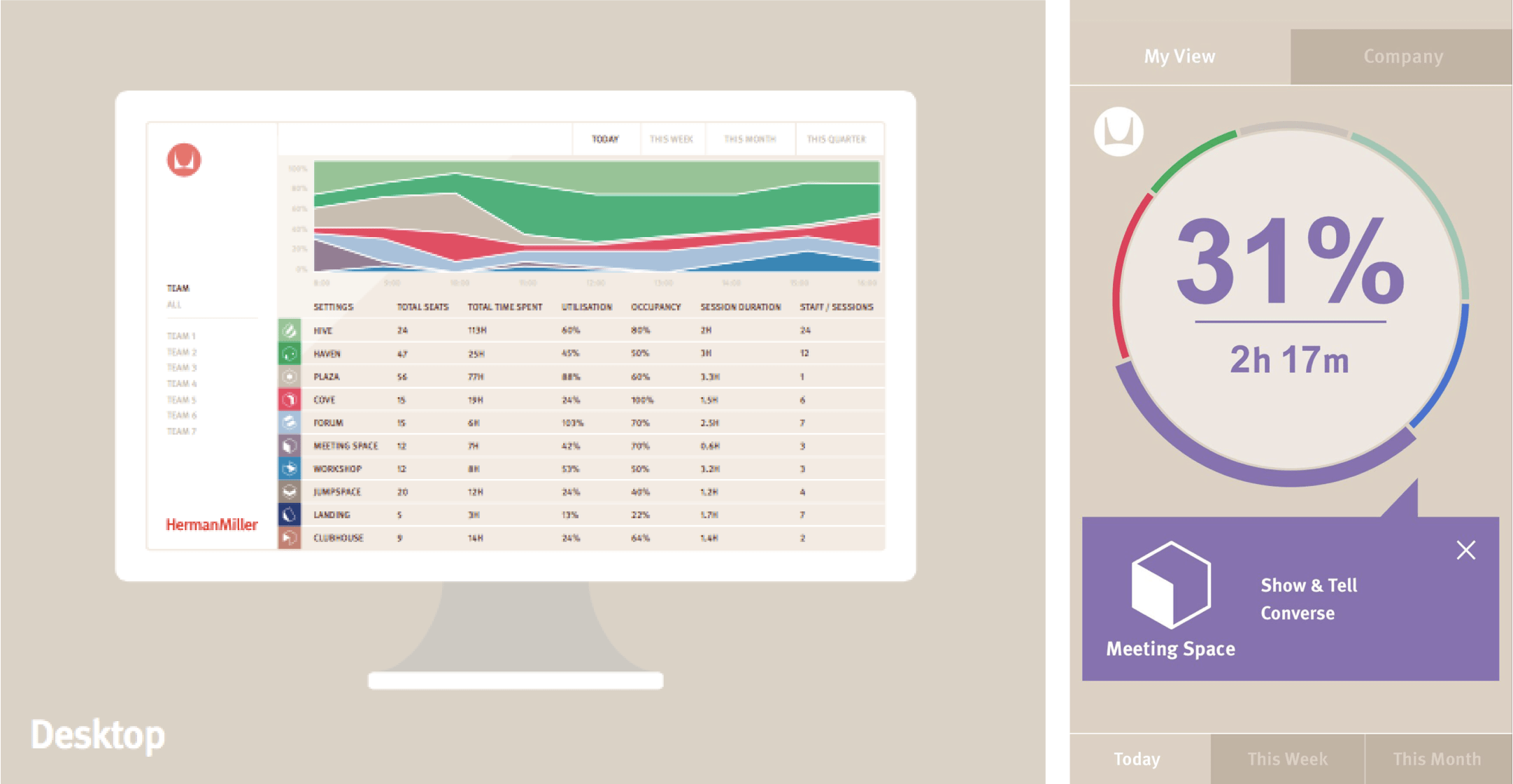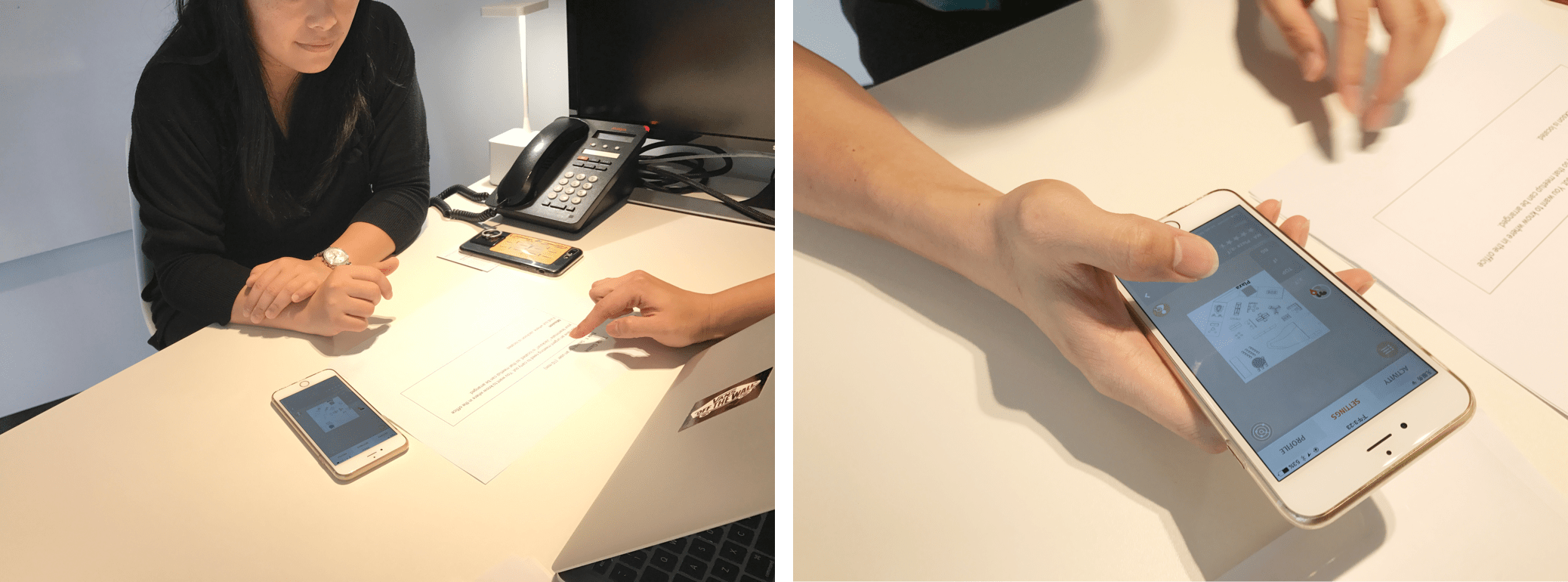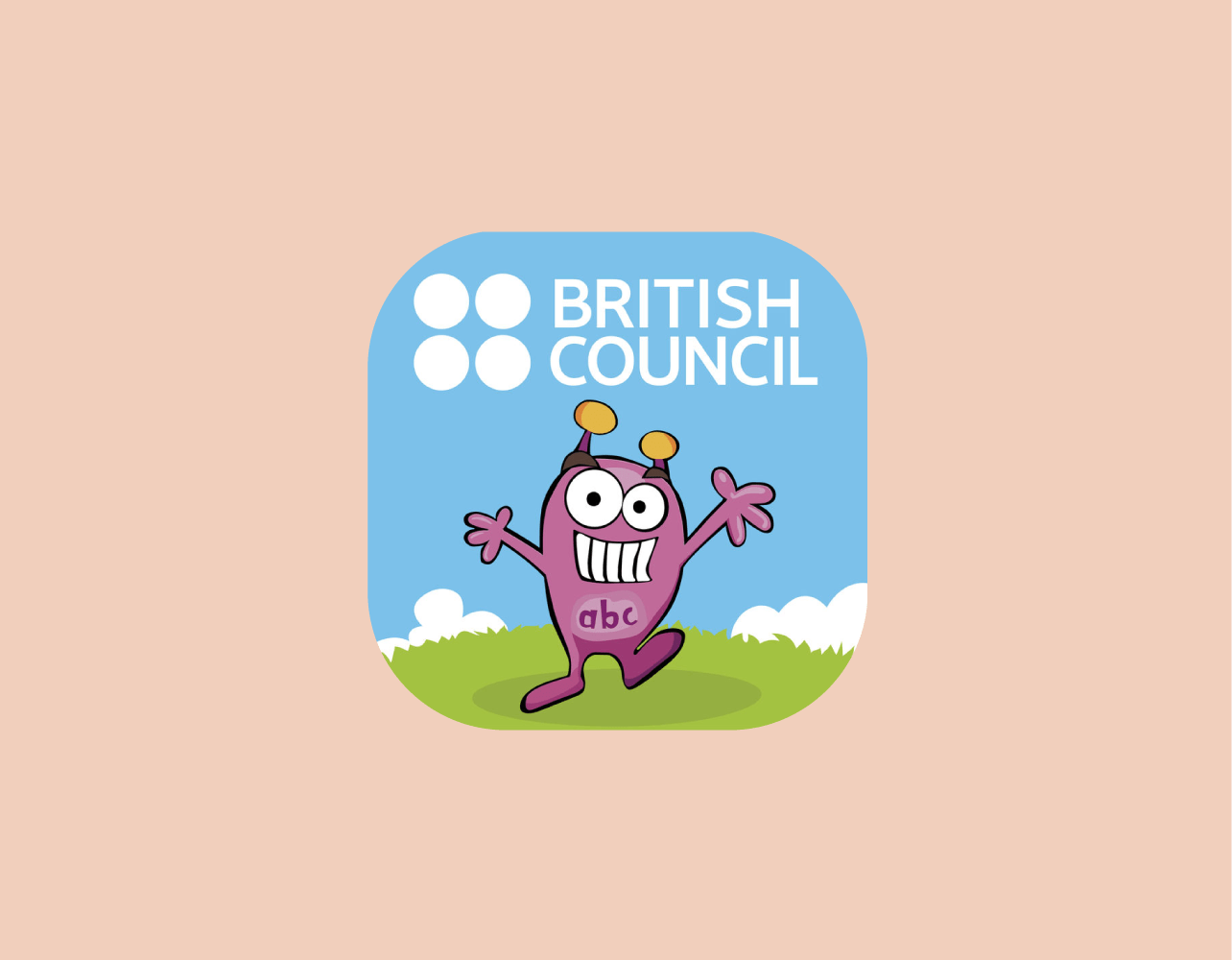Herman Miller
Living Office Passport
ROLE
▸ UX & UI Design of app and backend system for phase 2 & 3
▸ Assist validation study sessions
YEAR
▸ 2016 - 2018
Herman Miller is a modern furniture company for office and home. Living Office is one of their solutions, aiming to bring humanity back to workplace by creating a seamless office environment that drives collaboration and productivity. The company found a digital solution that helped to achieve their business goals, bring intelligence to the workplace, and to transform individuals’ working experience.
“What is space utilization?” “Are users using the spaces well enough?” Organization executives and space designers found difficulties in measuring performances on space utilization as it is uneasy to answer these questions effectively in a timely manner. In project phase 1, our team tackled the above problems by using iBeacons technology catering for spaces utilisation data. Organizations can use the web-based dashboard for real-time access to information of all their offices remotely.
FINDINGS ■
i. Passport should add values to organization staff
After launching phase 1, our team met with Herman Miller staff and found that the app was not as popular as expected among staff members. Having staff members to utilize the app became the primary goal of the next development phase.
ii. Insights from validation sessions
To start with, our team conducted a few validation study sessions with the potential users. Each validation session contained 2 parts, namely usability testing and opportunity scoring activity.
For the usability testing part, we provided the participants with the guidelines and task scenarios, engaging them to interact with the existing Passport app interface. At the same time, participant verbalized their thoughts to our team as they moved through the interface. We successfully spotted what caused users trouble while they were using the app and this research session gave us insights on how to improve the design.
To obtain more ideas for the next iteration of Passport, we created an opportunity scoring questionnaire for potential users, asking them to score the importance and current satisfaction of the provided statements.
The items with the highest opportunity scores are:
▸ To Largely increase the easiness in finding a space for ad-hoc meeting so guests could be settled down right away.
▸ Easier way to learn about office locations and facilities would result in much higher company space accessibility.
SOLUTIONS ■
We proposed a new reiteration of Passport app which is to adopt a ‘Space centric’ (a.k.a. Google Map) approach in order to offer the highest sensibility in product differentiation and feature scalability.
Highlighted features:
▸ Smart Map Search for available spaces, colleagues and facilities
▸ Space Booking system
▸ Integrating with Outlook system, managing schedules as well as space booking all in one go
CHALLENGES ■
i. Divergence from clients about the project direction
When the new phase was first started, our team had a very different view from our clients about the project direction. Our clients intended to develop Passport into a community platform with functions of improving internal communications through news feed and chat room, etc. However, we had reservations about this direction. We kept contemplating on what the end users would think about this. We conducted in-depth interviews with potential users and most of them stated how much they would feel uncomfortable with expressing their personal opinions on a company’s community platform with their identities being exposed. Quite a few interviewees said that they were already satisfied with the tools they used. For instance, since Skype had been used for work-related conversations and Whatsapp had been used for casual chats. An extra communication tool would seem to be unnecessary and redundant.
Our team consolidated the interview insights together with the result of opportunity score and counter-proposed the ‘Space centric’ approach. Our client was very happy with it. We went ahead with the new ideas, made the designs and got engineering works ready to get started.
LEARNINGS ■
i. Product roadmap gives all parties a clear vision
We had bi-monthly meetings with our clients. During the meeting, we reported project progress, prioritize user stories and put the most valuable items to the top of the product backlog. We worked closely with the clients and made project planning effectively. Our team was benefited as well. The roadmap enabled every team member to keep in sync and be aware of the work progress, smoothing the development process and giving us a clear vision of project success.
ii. Design iteration improves product in every step
We made design iteration, repeated continuous cycle of prototyping, testing, and made adjustments and refinements. As a result, usability improved to a great extent. For instance, there was a usability issue for the feature Peer-to-Peer Finder: users failed to associate the icon with its actual function. After ‘Space centric’ approach is introduced, finding colleagues is as easy as finding nearby restaurants on a Google map.
RESULTS ■
i. Approached with MNO
Passport was a new technology service from Herman Miller Asia Pacific. When it was first presented, it had received great interest from premier clients and facility managers. Later, Passport successfully approached a number of Hong Kong and MNO clients. As of 2018, over 40 sites adopted Passport.
ii. Established a long-term client relationships
My former company has worked with Herman Miller for Passport since 2016. we had gradually developed trust and tacit understanding with Herman Miller. During my tenure, I also helped another team on rapid prototyping their business idea. We desire to see our clients succeed, in the sense that we perceive our relationships with clients as relationships that can go beyond individual project development. Every little thing we did eventually made us become more an enterprise partner than a project vendor or supplier.







